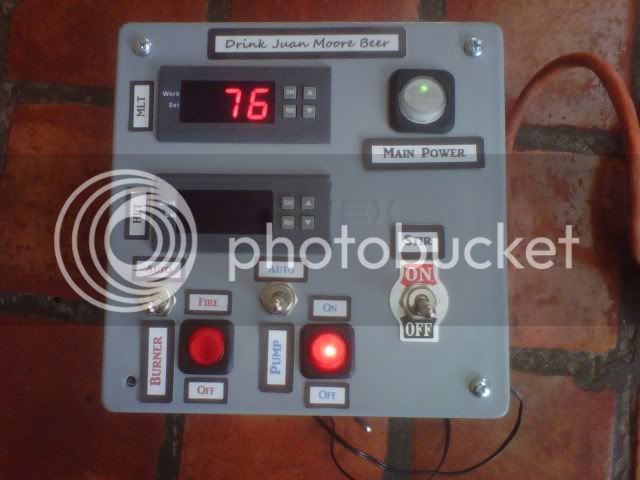ilikethetrees
Well-Known Member
Perhaps this is a goofy question or answered elsewhere, but is there any reason why one couldn't install a HERMS coil in a vessel smaller than a keggle/boil kettle? Wouldn't it be easier for the heating element to maintain the desired temp if the HERMS coil was installed in a one gallon pot?
I was recently considering turning my old IC into a HERMS coil, and at first glance this seems like the cheapest/simplest way to do it.
Anyone try this?
Thanks for the input!
I was recently considering turning my old IC into a HERMS coil, and at first glance this seems like the cheapest/simplest way to do it.
Anyone try this?
Thanks for the input!





